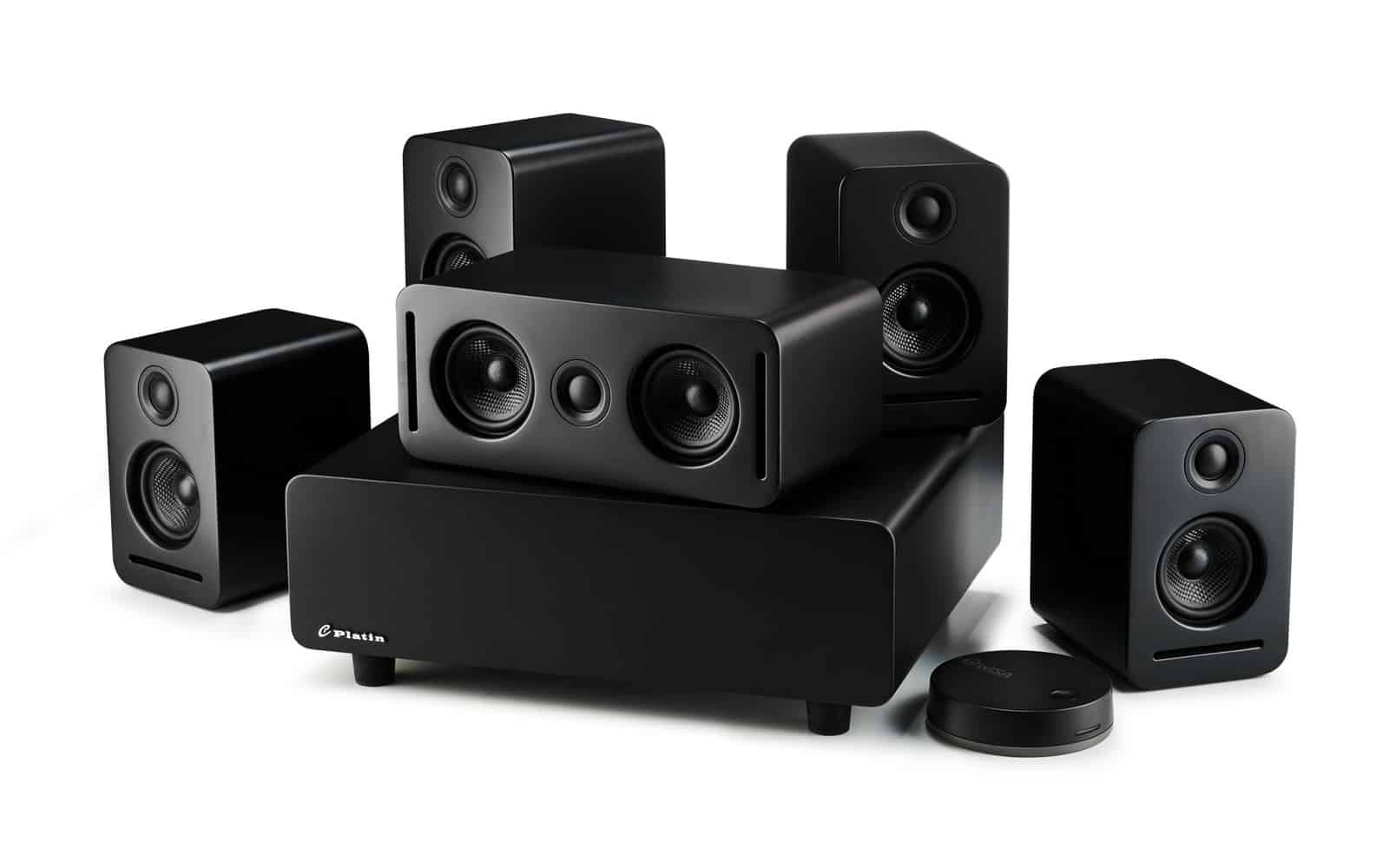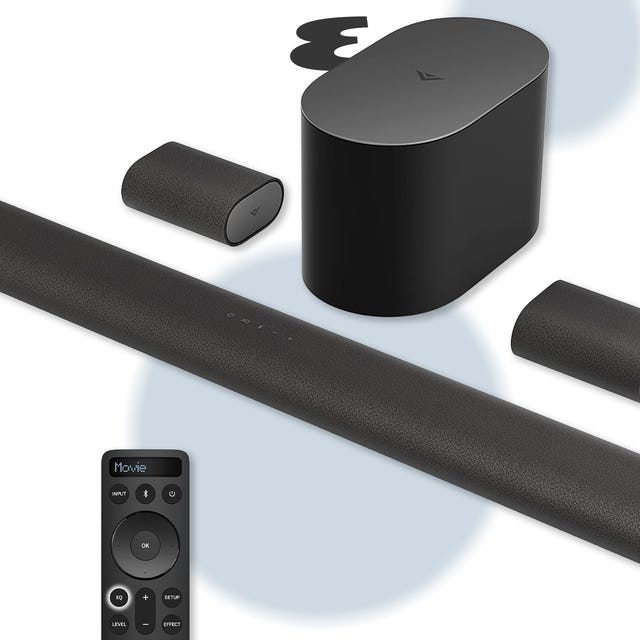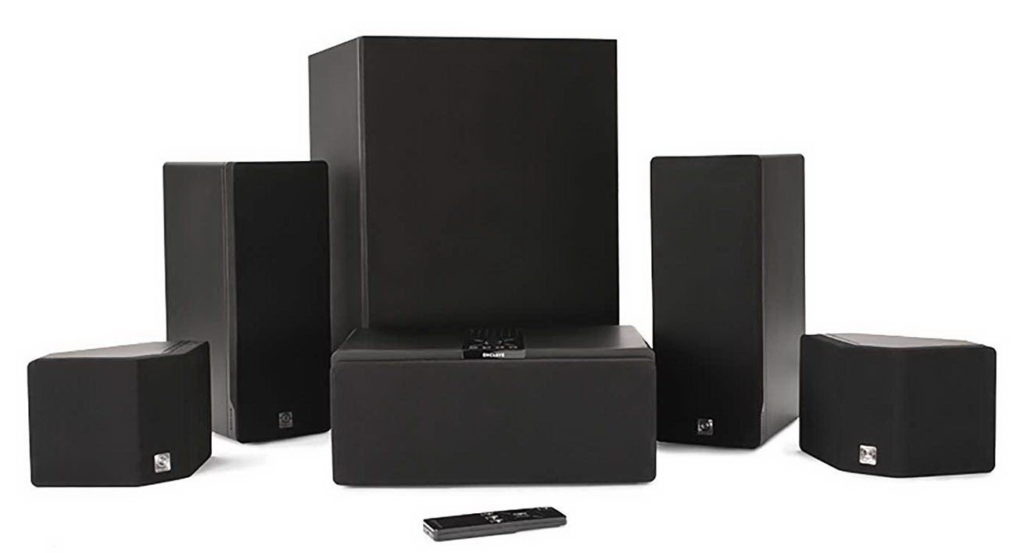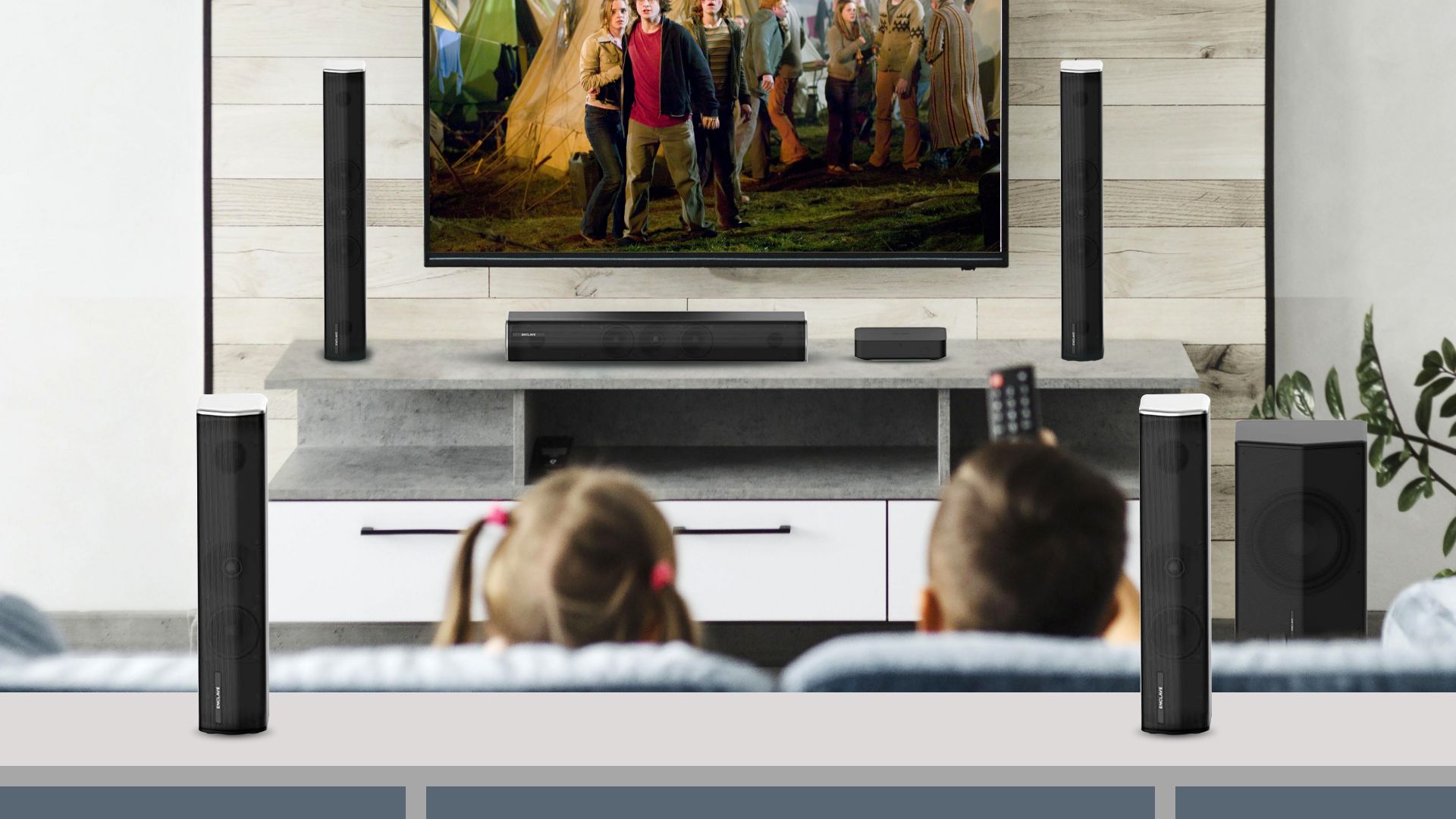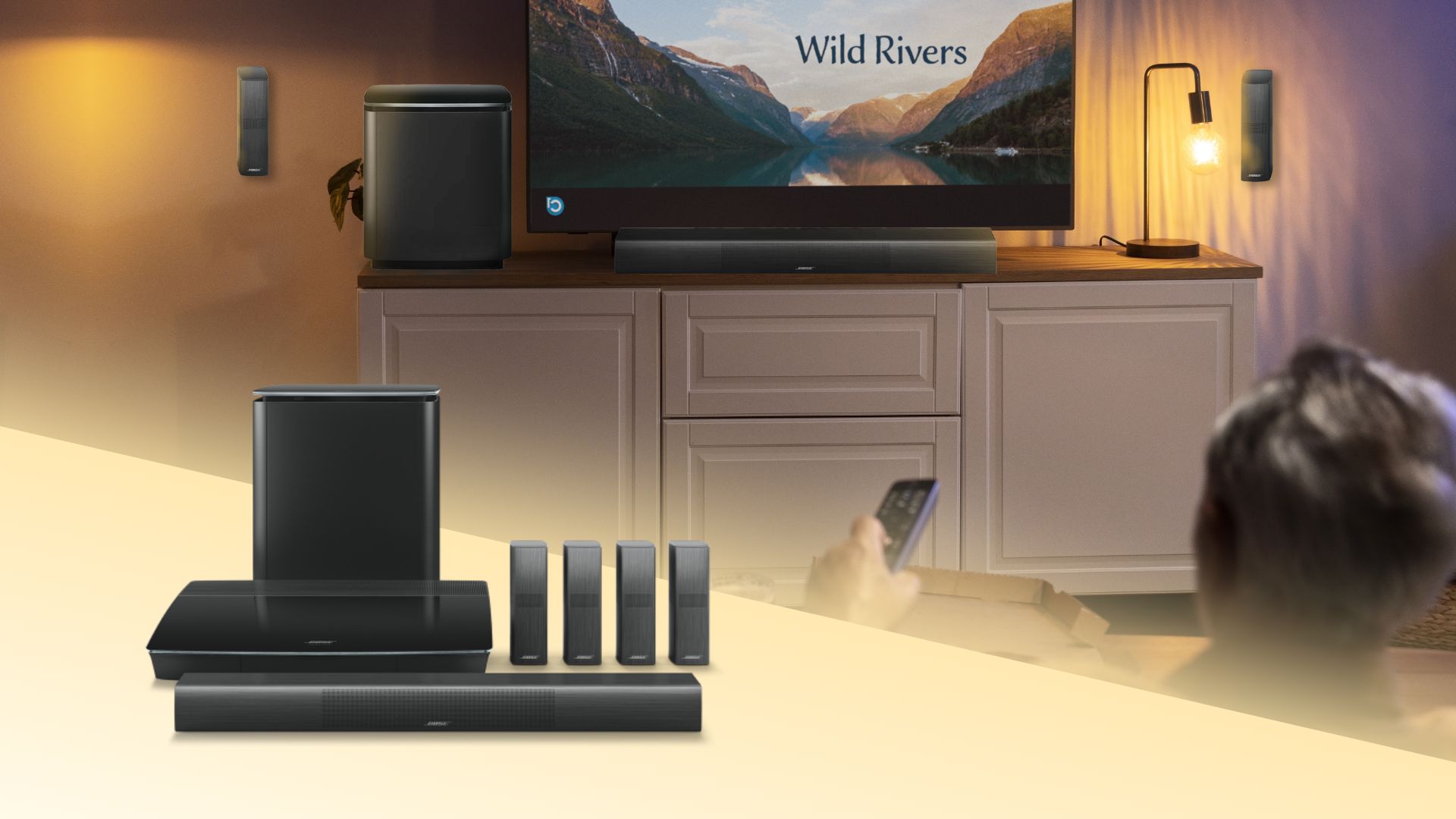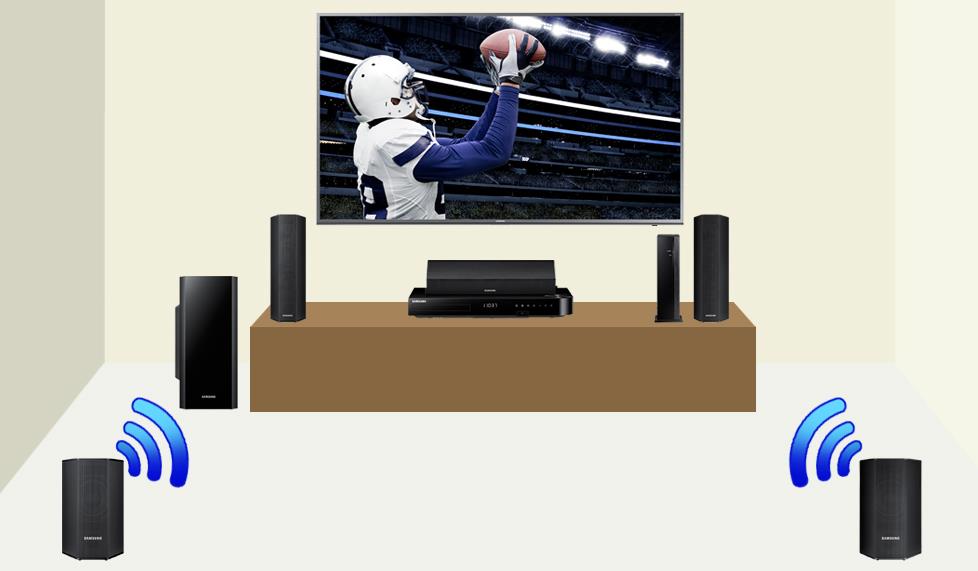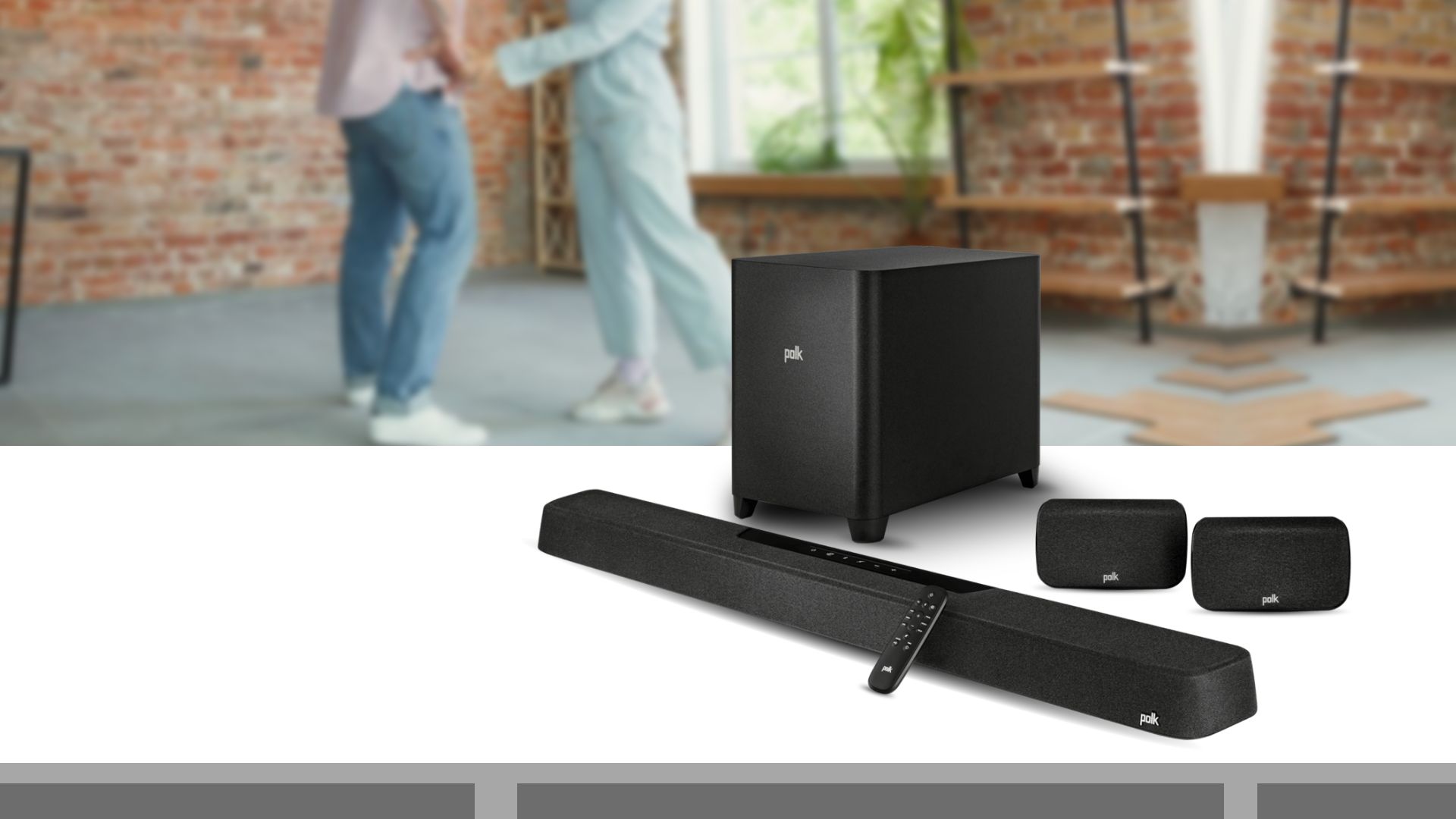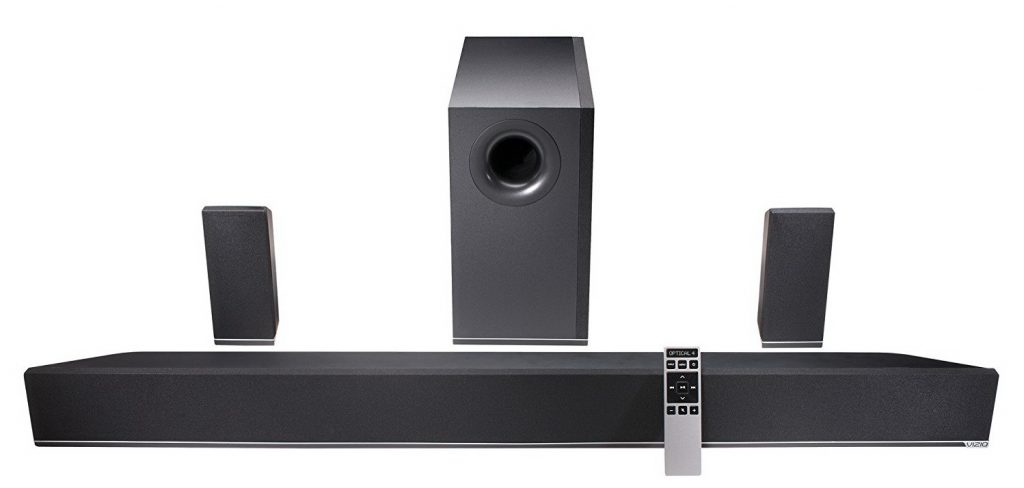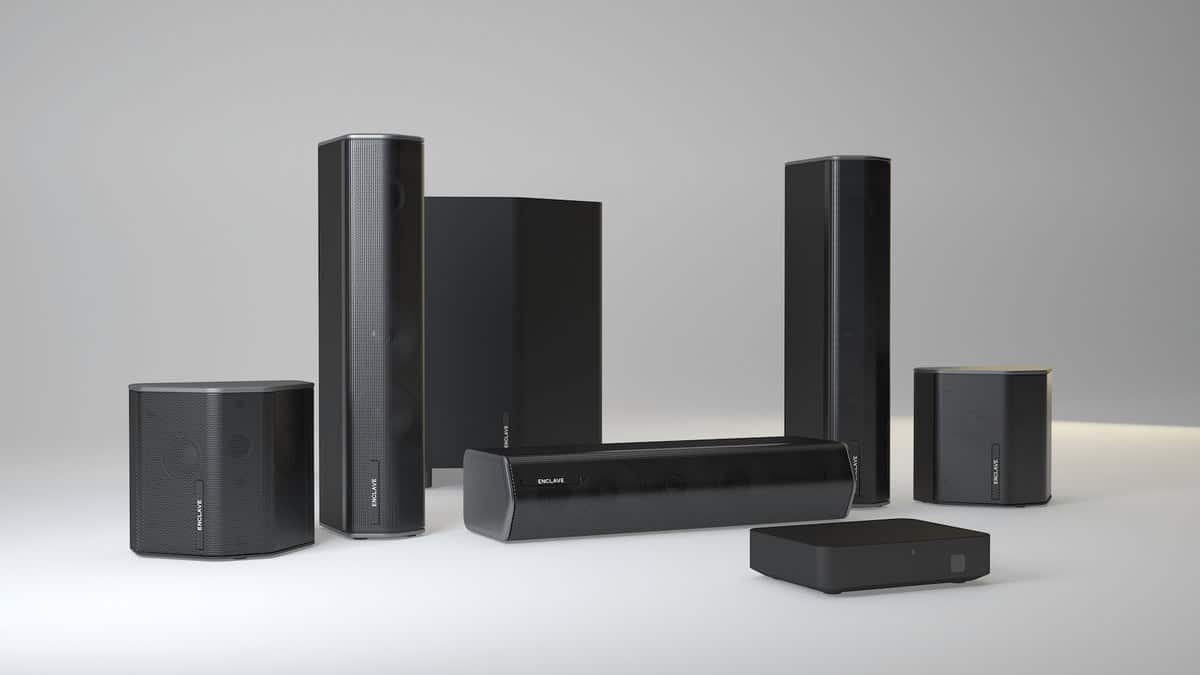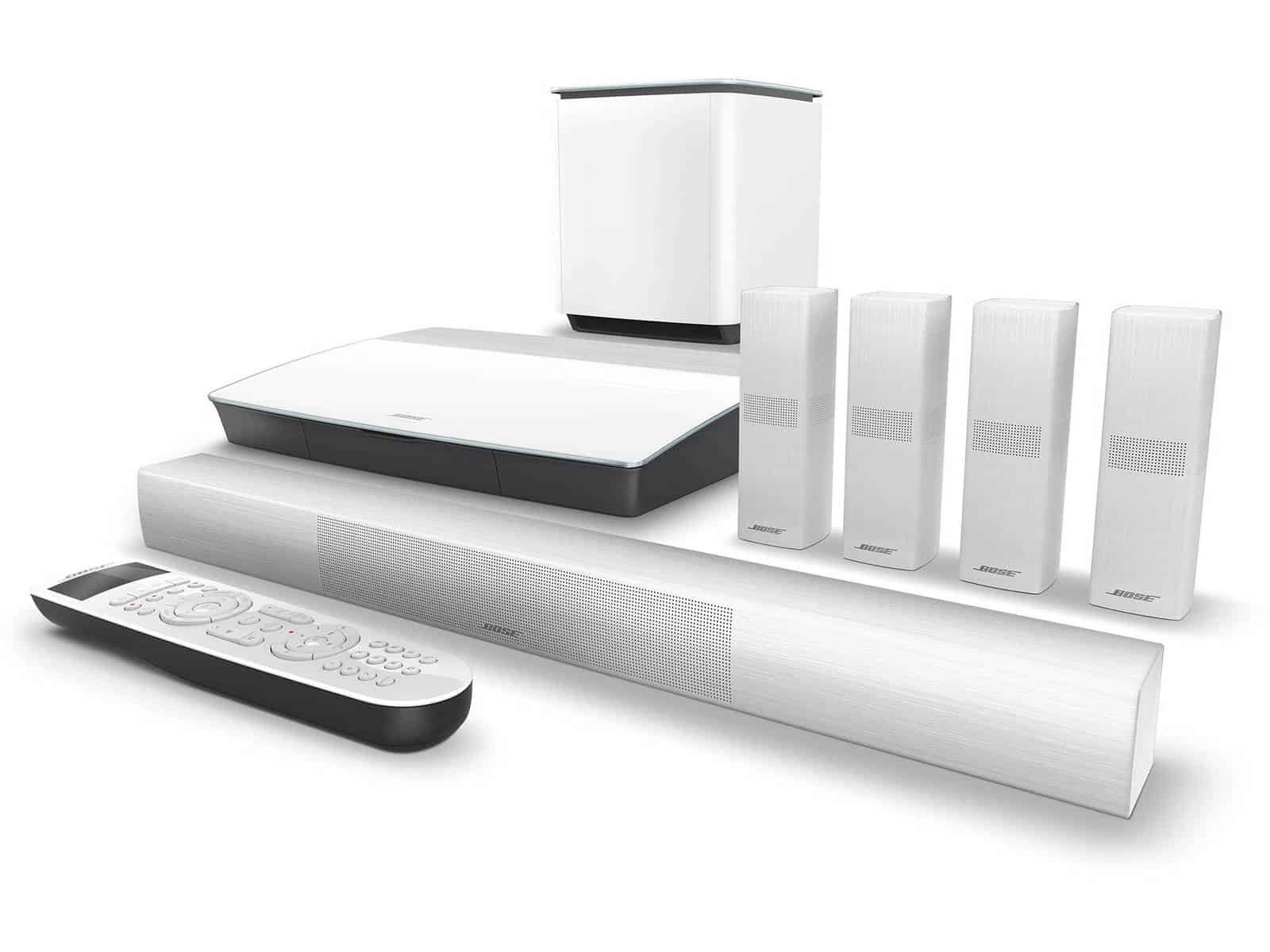Totally Wireless Surround Sound System

Imagine sinking into your favorite armchair, the aroma of freshly brewed coffee filling the air. As the opening scene of a gripping movie unfolds, the roar of a distant engine seems to envelop you, subtly shifting from behind, then to the left, immersing you completely. It's not just sound; it's an experience, and it's all thanks to the latest innovation in home audio: the totally wireless surround sound system.
This groundbreaking technology promises to revolutionize how we consume entertainment at home. Ditching tangled wires and complex setups, it offers a seamless, immersive audio experience with unparalleled ease of use. The new systems are aimed at simplifying home entertainment while delivering a truly cinematic soundscape.
The Evolution of Home Audio
The journey to wireless surround sound has been a long one. For decades, audiophiles and casual viewers alike have struggled with the limitations of traditional wired systems. Running cables under carpets, through walls, and behind furniture was a necessary evil for achieving true surround sound, until now.
Early wireless attempts often compromised on sound quality or suffered from connectivity issues. But advances in Bluetooth technology, Wi-Fi protocols, and digital signal processing have paved the way for a new generation of wireless systems. The Consumer Technology Association (CTA) notes that wireless audio is one of the fastest-growing segments in the consumer electronics market, driven by demand for convenience and improved performance.
How It Works
At the heart of these systems is a central hub, often a soundbar or receiver, which connects to your TV or other media source. The hub then wirelessly transmits audio signals to individual speaker units placed around the room. These speakers, powered by built-in batteries or connected to nearby outlets, communicate with the hub to create a synchronized, multi-channel sound field.
Modern systems utilize advanced technologies like Dolby Atmos and DTS:X to create a truly immersive experience. These formats allow for object-based audio, where sounds are precisely positioned in 3D space, adding a layer of realism previously unheard of in wireless systems. Many systems use Wi-Fi for higher bandwidth and reliability, but some also use a dedicated wireless protocol specifically designed for audio transmission.
The Benefits of Cutting the Cord
The advantages of totally wireless surround sound are numerous. First and foremost is the ease of setup. No more wrestling with wires or hiring professional installers.
"The simplicity of these systems is a game-changer," says John Smith, a tech reviewer for Sound & Vision magazine. "Anyone can set them up in minutes, without needing any technical expertise."
Secondly, wireless systems offer greater flexibility in speaker placement. You can easily move speakers around to optimize the sound for your room, or even take them outside for backyard movie nights. The modularity of wireless systems also allows you to easily expand your setup over time.
Finally, and perhaps most importantly, the latest generation of wireless systems delivers impressive sound quality. Advanced digital processing techniques minimize latency and ensure a seamless, synchronized audio experience. The result is a soundstage that rivals, and in some cases surpasses, that of traditional wired systems.
Looking to the Future
The future of home audio is undoubtedly wireless. As technology continues to improve, we can expect to see even more sophisticated and affordable systems emerge. Integration with smart home platforms, voice control capabilities, and personalized audio profiles are all likely to become standard features.
The days of messy wires and complicated setups are numbered. With totally wireless surround sound, immersive audio is now accessible to everyone, bringing the magic of the cinema right into your living room. The simplicity and elegance of these systems are creating an experience that is redefining home entertainment.
